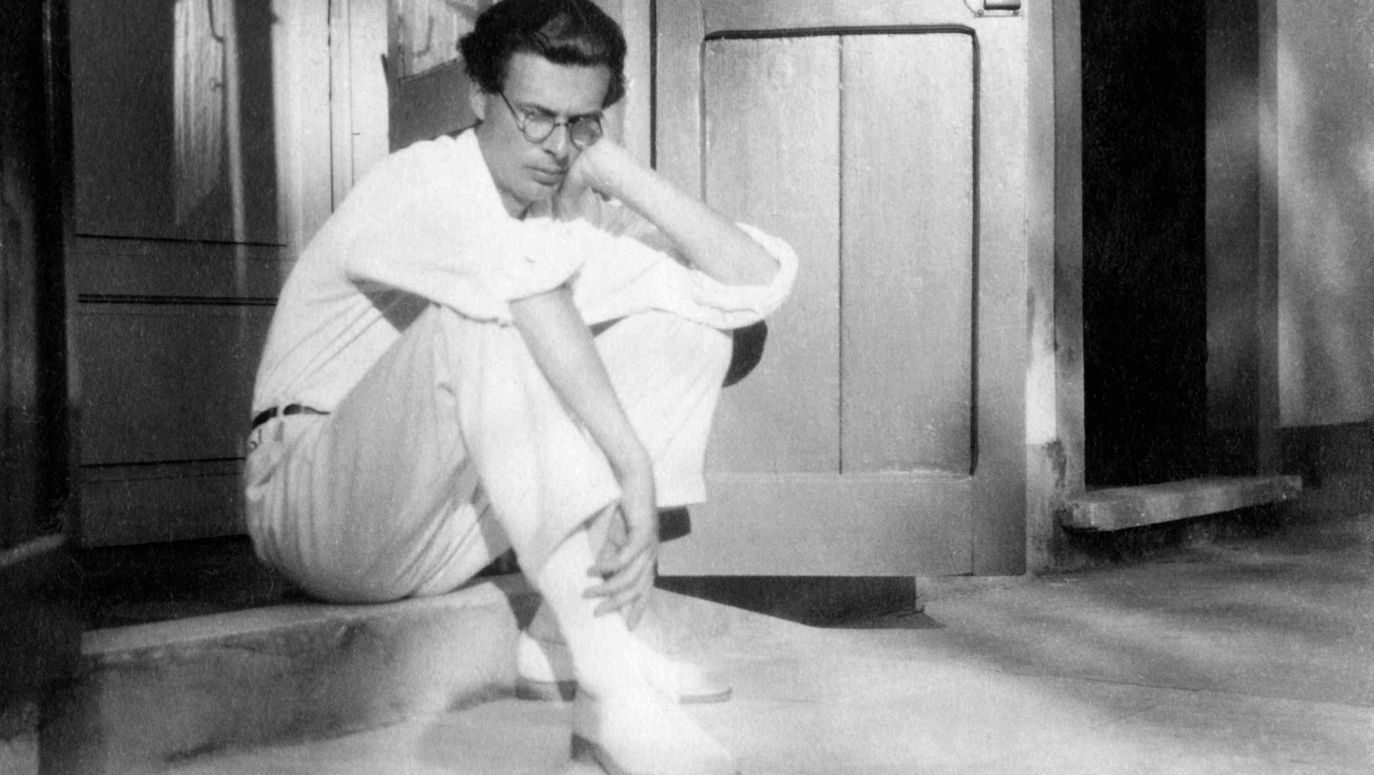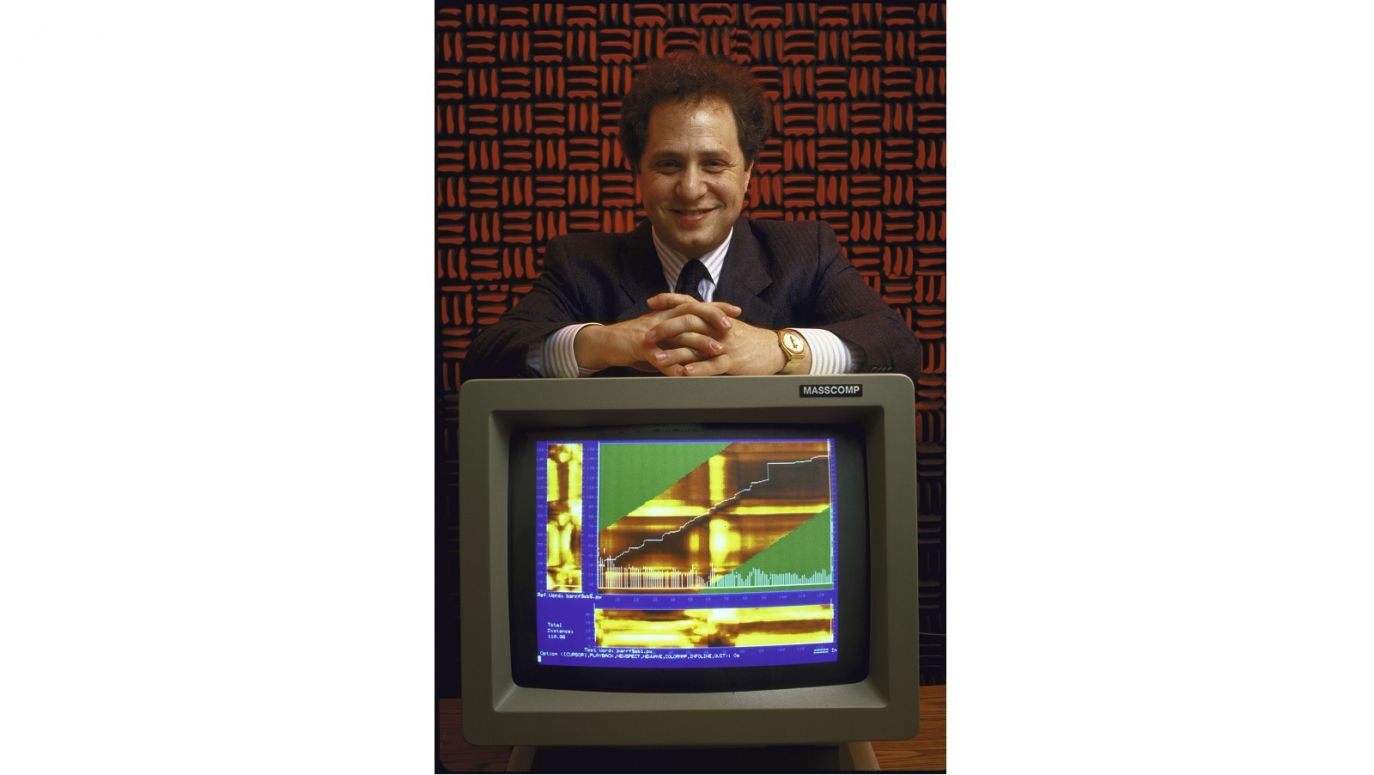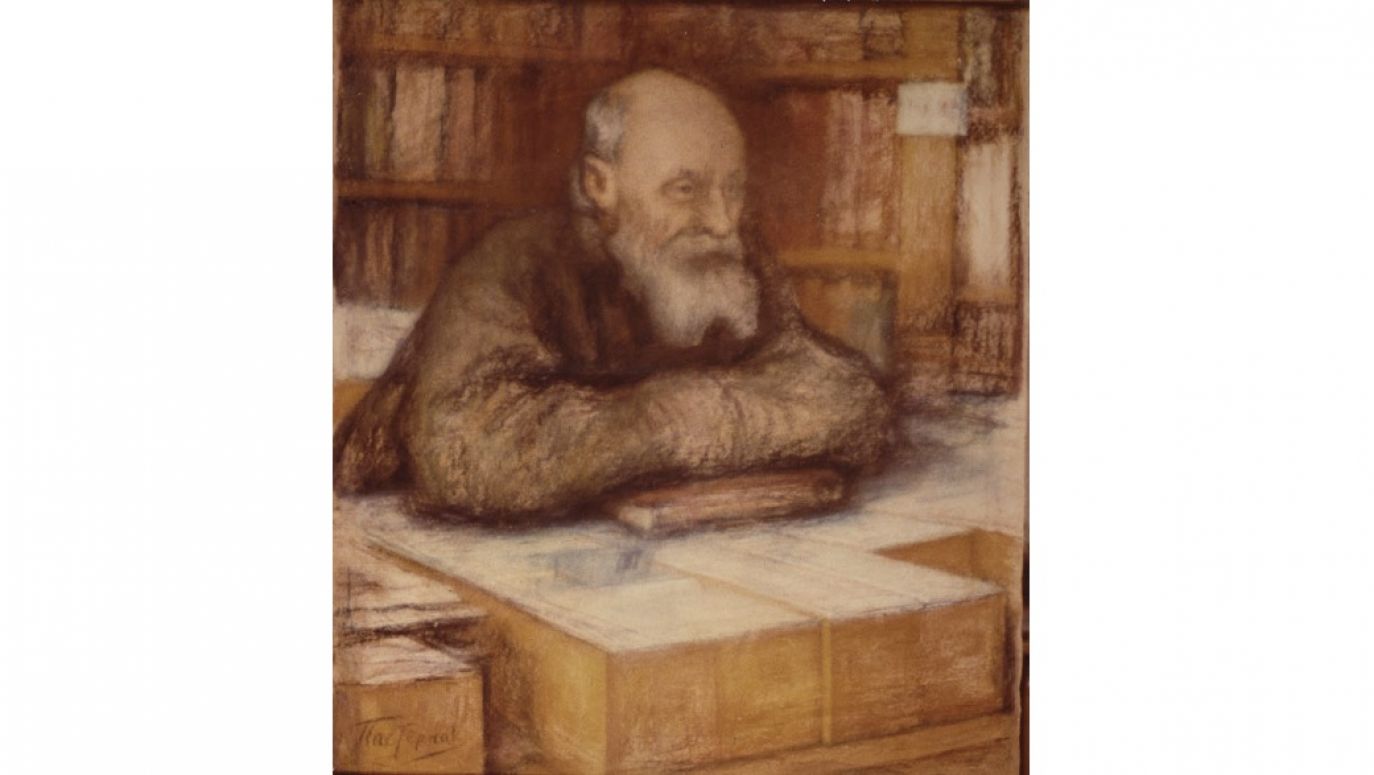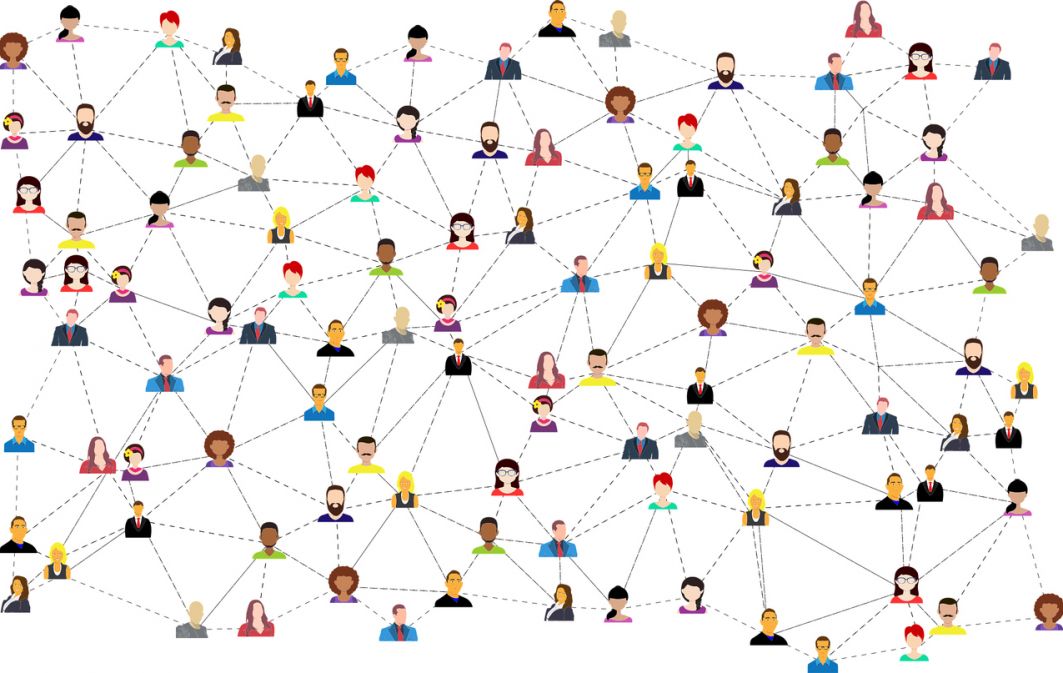If transhumanism has little to do with cybernetic prosthetic arms or legs, then what about cybernetic sensory organs which, by means of neural implants, combine the workings of the brain with the activities of artificial intelligence? With the modification of human genes, on the other hand, it is possible to completely change a human being or design one from scratch. Is such a person still a human being or already a cyborg? How will this process continue to evolve?
Linking human brain activity to an artificial intelligence programme could be classified as a cyborgisation process, if such a link were permanent. Elon Musk is a pioneer here, although he claims that subjecting humans to such an experiment would be therapeutic. He wants to apply this to patients with quadriplegia. He has already experimented – reportedly successfully – on pig and monkey brains.
 SIGN UP TO OUR PAGE
SIGN UP TO OUR PAGE 
When it comes to the type of interventions into the human brain and their level of risk to humans, experts, e.g. neuroscientists, neurosurgeons, neuroinformaticians, should be consulted. In doing so, attention should be paid to which model of anthropology the scientist in question identifies with.
An intervention concerning, for example, the sense of sight and the associated insertion of a so-called “cyber-eye” does not destroy the integrity of the human person. On the other hand, technological interventions affecting the entire human nervous system are certainly very dangerous. A human being, as a result of genetic manipulation, when we incorporate alien genes into the genotype, can be either a hybrid or a chimaera. Let us not confuse this with cyborgisation. If, on the other hand, we wanted to refine the human genotype using the selection of “better genes” derived from human genetic material, then... well?
Then a super-human would have been created?
It is certainly a eugenic practice. Scientists categorised as bioconservatives believe that the genetic code defines “human nature” and therefore it must not be corrected, because intervening in human nature would violate human dignity. They also call it “playing God”.
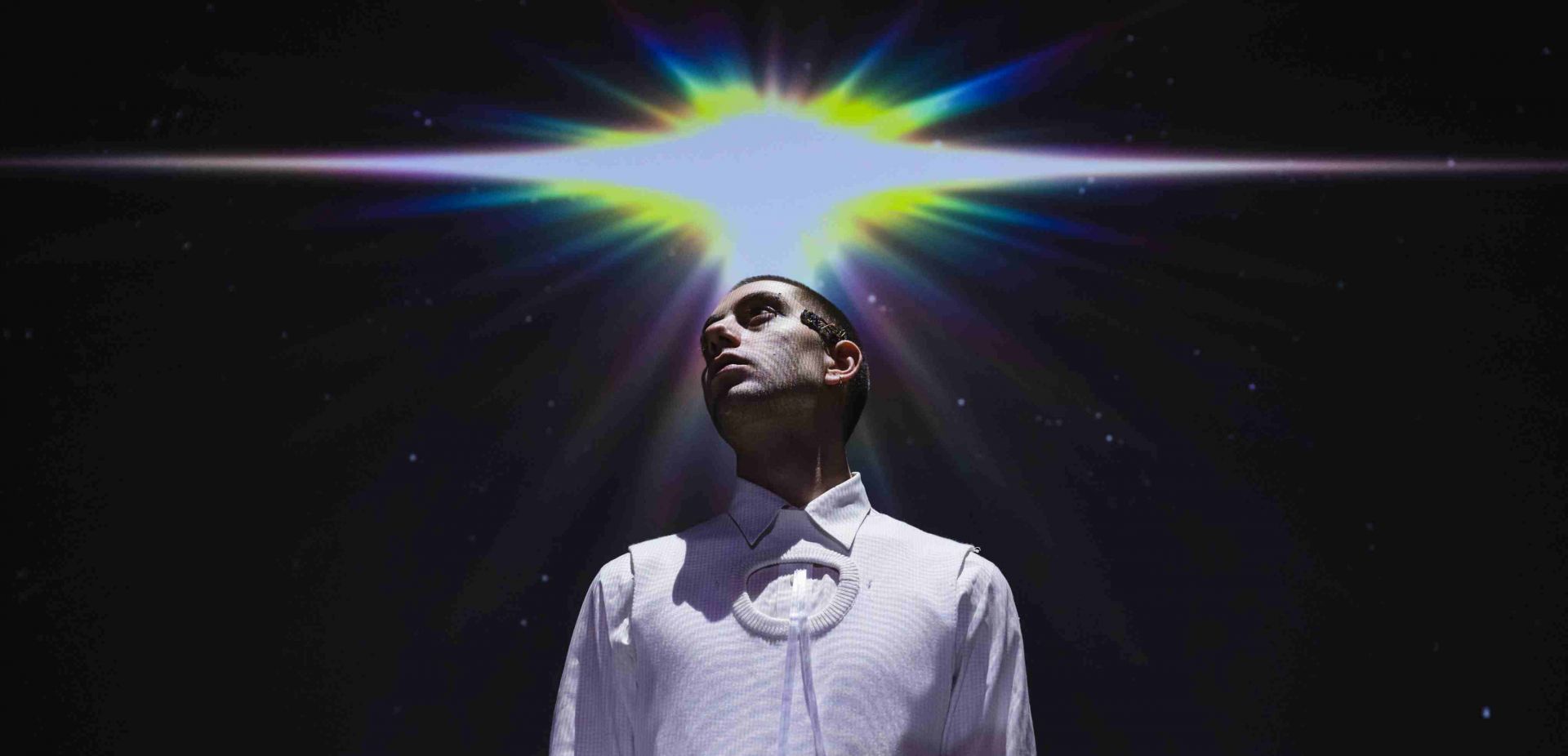

 SIGN UP TO OUR PAGE
SIGN UP TO OUR PAGE 

